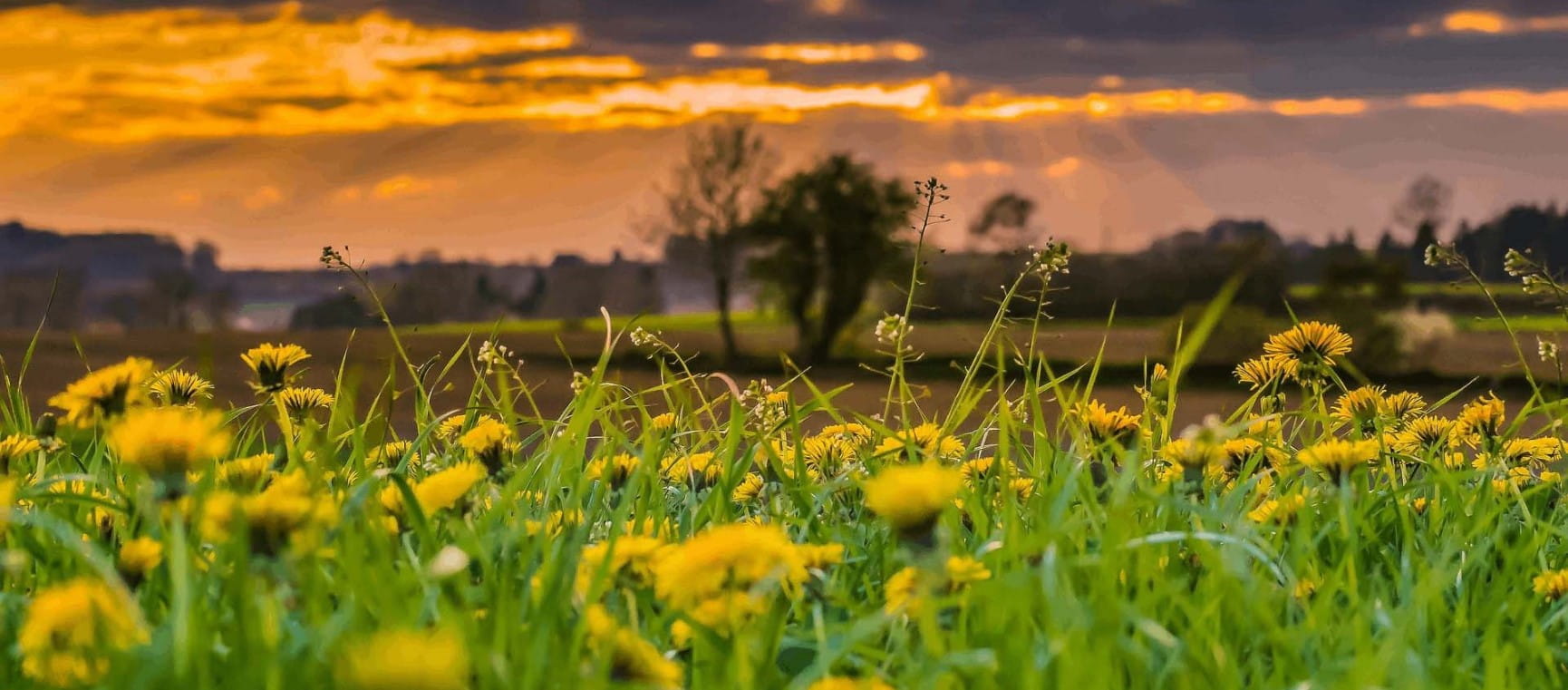
"Ne'er cast a clout till May is out," this old saying may refer to not putting away our winter clothes until the end of May, but it rings true for our gardens too.
Spring weather in the UK can be fickle at the best of times. A late spring temperature drop is a shock to our garden’s system as well as ours.
Just as shrubs are regaining their green foliage and saplings pluck up the confidence to poke their heads above the soil, they’re greeted with an icy shock.
We spoke to Sarah Wilson, horticulturist and founder and presenter of the Roots & All podcast, who has shared her easy ways to protect plants from a late frost.
We’ve also got some tips from presenter and gardener Monty Don, to ensure your plants stay snug and ready to bloom this spring.

Monty Don has a top tip for protecting tender shrubs – such as pomegranates, olive, bay or citrus grown in containers – from frost damage. He explains on his blog:
“The solution is to have squares of horticultural fleece cut to fit each plant ready to wrap around them. This will be enough protection against light frosts although in really cold weather, when the temperature drops below minus 5, they will need a double layer or moving indoors.
"I lightly secure them with twine so that the fleece is easy to remove as soon as the temperature rises again."
“If you’ve got plants that are established in the garden, the best thing to do is wrap them in something,” adds Wilson.
“Horticultural fleece is the best thing. Make a tent around them using bamboo canes to prop the fabric up so that it doesn’t touch the plants.”
“If you haven’t got horticultural fleece to hand you can pretty much use anything, so cardboard, fabric sacking or even discarded plant waste,” says Wilson.
“For example, if you’ve been pruning back ornamental grasses, you can pack that around your plants. Always cover your plants in the daytime so that you trap the warm air in there.”

“If you’ve got pots or trays of seedlings outside, bring them under cover for a couple of nights,” says Wilson. “Be wary of a drastic temperature change – an unheated conservatory or a porch would be best, or a garden shed.
“If that’s not an option, bring them into the house but try to keep them as cool as possible. Even if it’s dark, that won’t hurt them for a couple of days and it’s better than leaving plants at the mercy of the elements.”
“I have trays of seedlings in an unheated greenhouse but I do use tricks – I wrap them and put them on a bed of woodchips, which generate heat as they decompose,” says Wilson.
“Rotting woodchips give off enough heat to keep the cold off in low temperatures. I’ve got sweet peas in an unheated polytunnel, which gets to minus temperatures, sitting on woodchips and they’ve been going all over the winter – those hardy annuals are pretty tough. I do the same thing with delphiniums and calengulas.”

Not sure if it’s warm enough to start planting out? Then test the soil.
“If your soil is ready then March is a good time to plant and move things around. But ‘ready’ means, above all, warm enough,” advises Monty Don.
“The only way to know this is by touch. Pick up a handful of earth. If it feels cold and clammy to the skin, then seeds will not germinate, and roots will not grow. If it feels warm, holds together when squeezed and yet can easily be crumbled then it is ideal.”
Wondering what to plant out before the last of the frosts hit? Sarah’s rule of thumb is: “Anything that’s showing around the garden that seeded itself and is popping its head up of its own accord.
"Now, California poppies, nasturtiums and hardy annuals are just starting to emerge in my garden.”
Amy Cutmore has been writing about interiors for more than 20 years, harking back to the days when glossy red kitchens, toile de Jouy and rag rugs were all the rage, and everyone wanted a Changing Rooms makeover. You’ll have seen Amy’s work at Britain’s biggest homes titles, including Ideal Home, where she served as Consumer, Technology and Group Digital Editor. She has also edited or written for Homes & Gardens, Livingetc, 25 Beautiful Homes, Real Homes, Gardeningetc, Inside Readers’ Homes, Inspirations for Your Home, Country House & Home, Top Ten Reviews, Trusted Reviews and Country Life.
View author page
Discover ten easy ways to get rid of weeds naturally while protecting the ecosystem.


Blighted by buzzing? How to keep wasps out of your garden without harming them so you can enjoy the summer.



Want to know how to get rid of dandelions? Advice on how to tackle them but why they might be worth sparing.

